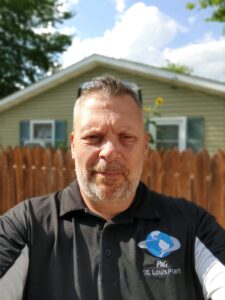By Gina Mayfield
After a cornhole tournament late one Thursday night, Rob Schulte drove home along a deserted stretch of Route 16 in Macoupin County, Illinois. “I’m going down the road, and it started getting really dark. Next thing you know, I’m hitting chunks of mud and I’m wondering, What’s going on? I look in my rearview mirror and I see mud flying up,” Rob says. “Then I look forward, and all of a sudden I have to slam on my brakes. There’s a black car in the middle of the road — upside down. I didn’t even see it until I about hit it. I was headed right into it.”

He immediately pulled over, got out of his car and went to see if he could help. With the car on its roof, Rob got down and repeatedly started yelling, “Anybody in here?!” No answer. With the cab of the car smashed in and the airbags deployed, he couldn’t see much. Then the strong odor of gasoline served as a warning to move away.
Rob ran toward a big ditch on the side of the road, weaving his way through car parts. “I started yelling for people and running around using the flashlight on my phone as a guide. I look down and see a blue object in the weeds. Sure enough, it’s a body. I was telling myself, Please be alive, please be alive,” he says.
Rob runs over to find a survivor unconscious, but breathing. There was no telling how long he had been there. Rob tapped him on the shoulder, which elicited a moan. Then Rob looked down and noticed the man’s leg snapped in two. Blood squirted out with every pulse.
“He was laying sideways, the way you would lay on a pillow. Half his face was covered in weeds, but looked fine,” Rob says. “Then he rolled over. His jaw was broken, lots of teeth were busted out of his mouth, half his head was just drenched in blood.”
That’s when the man tried to get up. In an effort to keep him calm and still, Rob turned to him and said, “Sir, just sit here. I’m going to do what I can to help you.” With that, Rob took off his own shirt and used it as a tourniquet on the man’s leg, then applied pressure to stop the bleeding. He got out his phone and called 911 on speaker.
Ten to 15 minutes later, the state police arrived, closely followed by volunteer firemen. They doublechecked the car, then EMS showed up and took over. They radioed for a medical helicopter to transport the man to a hospital, and that was the last communication Rob heard about the man.
“It was probably the scariest thing I’ve ever been through in my life, but because of my training, I was prepared for it,” he says. That training included CPR AED, First Aid, Blood Borne Pathogens and others. Rob’s worked at the same production plant for 13 years, during 12 of which he’s served as what they call a MRT or Medical Response Team member. As part of that group, he’s had yearly training.
“I tell everybody the same thing,” Rob says. “Please get American Heart Association training. You may not ever use it, but if there comes a time you need it, you’ll be prepared. That’s what I preach.”
